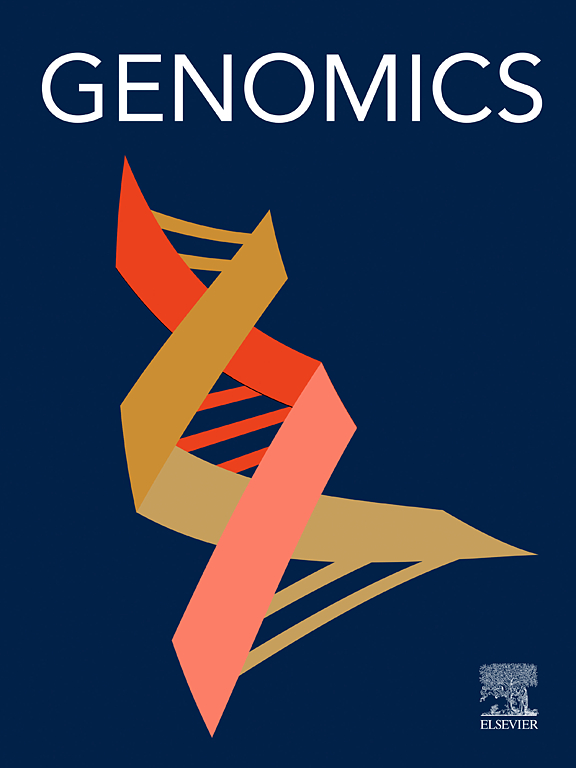Integrated analysis of transcriptomics and proteomics hinted that PI3k-Akt and TGF-beta signaling pathways may synergistically regulate calipash development of Chinese Soft-Shell turtle at embryonic stage
IF 3
2区 生物学
Q2 BIOTECHNOLOGY & APPLIED MICROBIOLOGY
引用次数: 0
Abstract
Calipash is a special connective tissue on the carapace posterior margin of Chinese Soft-Shell turtle (Pelodiscus sinensis), which is closely related to the stress resistance and nutritional value deposition of P. sinensis. However, previous studies lack knowledge about calipash development, thus its developmental regulation mechanisms are still unclear. In this study, transcriptomics and proteomics analysis of calipash at TK17-TK19 embryonic stages of P. sinensis were used to explore the mechanisms that regulate calipash development. Function analysis of DEGs and DEPs revealed that PI3K-Akt and TGF-beta signaling pathways were significantly related to calipash development. The gene knockdown experiments further validated the regulatory mechanisms of two pathways in calipash development. Results revealed that the PI3K-Akt and TGF-beta signaling pathways jointly participate in regulating the proliferation of calipash cells and the type I collagen anabolism. Our results provided novel insights for understanding of the developmental regulation mechanism of the P. sinensis calipash tissue.
转录组学和蛋白质组学的综合分析提示,PI3k-Akt和tgf - β信号通路可能协同调节胚胎期中华鳖的哈里发发育。
腹皮是中华软壳龟甲壳后缘的一种特殊结缔组织,与中华软壳龟的抗逆性和营养价值沉积密切相关。然而,以往的研究缺乏对哈里发发育的认识,其发育调控机制尚不清楚。本研究通过对中华对虾TK17-TK19胚胎期calipash的转录组学和蛋白质组学分析,探讨了calipash发育的调控机制。DEGs和DEPs的功能分析显示,PI3K-Akt和tgf - β信号通路与哈里发发育显著相关。基因敲低实验进一步验证了哈里发发育中两条通路的调控机制。结果显示,PI3K-Akt和tgf - β信号通路共同参与调节哈里发细胞的增殖和I型胶原的合成代谢。本研究结果为了解中华水杨组织发育调控机制提供了新的思路。
本文章由计算机程序翻译,如有差异,请以英文原文为准。
求助全文
约1分钟内获得全文
求助全文
来源期刊

Genomics
生物-生物工程与应用微生物
CiteScore
9.60
自引率
2.30%
发文量
260
审稿时长
60 days
期刊介绍:
Genomics is a forum for describing the development of genome-scale technologies and their application to all areas of biological investigation.
As a journal that has evolved with the field that carries its name, Genomics focuses on the development and application of cutting-edge methods, addressing fundamental questions with potential interest to a wide audience. Our aim is to publish the highest quality research and to provide authors with rapid, fair and accurate review and publication of manuscripts falling within our scope.
 求助内容:
求助内容: 应助结果提醒方式:
应助结果提醒方式:


